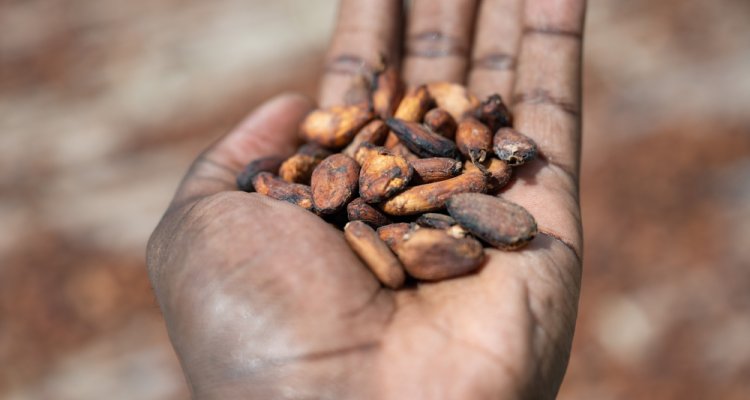
News
The importance of targeted approaches for resilient cocoa households
Cocoa households in Côte d’Ivoire face major challenges, hampering their entrepreneurial growth. Decades of investment yielded progress, but not widespread household resilience for cocoa farmers. A large group of households still earns less than the World Bank extreme poverty line. Changing the scale of interventions is needed to achieve living income ambitions and household resilience.
This research brief summarizes the key findings of a larger WUR study, which was commissioned by Cargill. The study uses primary data, literature, interviews and focus group discussions to assess what is needed to improve the resilience of cocoa farming households.
The focus of this study is on Côte d’Ivoire, but it includes reflections on generalizability for other main cocoa origins, such as Ghana. We looked at different resilience characteristics together, rather than in silos, including characteristics related to farmer livelihoods, community development and agroforestry. We have identified key changes needed to achieve resilience at scale.
Targeted approach needed
Achieving resilience goals requires a targeted approach – focusing on the needs of specific types of households. Households and vulnerable groups should have a voice in policy and intervention design to ensure the interventions have the desired impact on addressing cocoa farming household needs. Information on these needs should be used to create evidence-based policy and intervention targets.
Three main groups of households
We identify three main groups of households in Côte d’Ivoire with different characteristics and needs.
The largest group (62%) are the poorest households. The average household in this group earns 2529 US Dollars per year, has a yield of 663 per hectare and a cocoa farm size of 2.54 hectares. This household would need an additional 1.6 dollars per person per day to achieve a living income. Since yields are relatively low, increased prices will have a lower effect on his total income from cocoa. Farm households in this group experience very high barriers to income growth and cannot be expected to invest in their farms, interventions should therefore be directly aimed at improving living standards.
The smallest group (17%) is in between the two other groups in terms of household income. The average household in this group would need to earn 1.2 dollars per person per day more to achieve a living income. It has 6 hectares of land in total but only dedicates 3 of those to cocoa. Households in this group are quite diverse, consisting of farms with very high shade tree cover on one hand, which might make them more resilient to future climate change, and on the other hand farms on the complete outskirts of the cocoa growing region which is the region with low future climatic suitability for growing cocoa. This group therefore needs support tailored to its situation.
A smaller group (22%) of relatively rich households is closer to earning a living income, but on average also still about 1 dollar per person per day away from achieving this. Households have a large farm with about 6 hectares of land in total, of which 4 hectares are dedicated to cocoa, as well as relatively high cocoa yields and total income. Because of this, members are more likely to be able to invest in the farm, which is relevant for intervention design.
Sector level action needed
Besides the relevant interventions for the specific groups and efforts already undertaken by individual sector actors, some interventions and policies need to take place at the sector level (national and global) and are relevant for all groups; examples are supply management policies, social protection mechanisms (which different parties co-fund), employment creation beyond farming and biodiversity protection. Cocoa sector actors should explore effective ways to get more money in the pockets of the households, for example through cash transfers, premium or price increases. In order for such sector interventions to be effective, trust building between sector actors is very important.
Data necessary
Harmonized and reliable data is necessary to understand and effectively intervene on the needs of different types of households. The cocoa sector would highly benefit from sharing data and learning. A shift towards a longer-term view and investment with regards to data collection is needed to improve intervention impact analysis and effective learning. Households should receive a fair compensation for their participation in data collection activities.